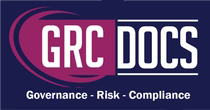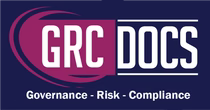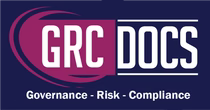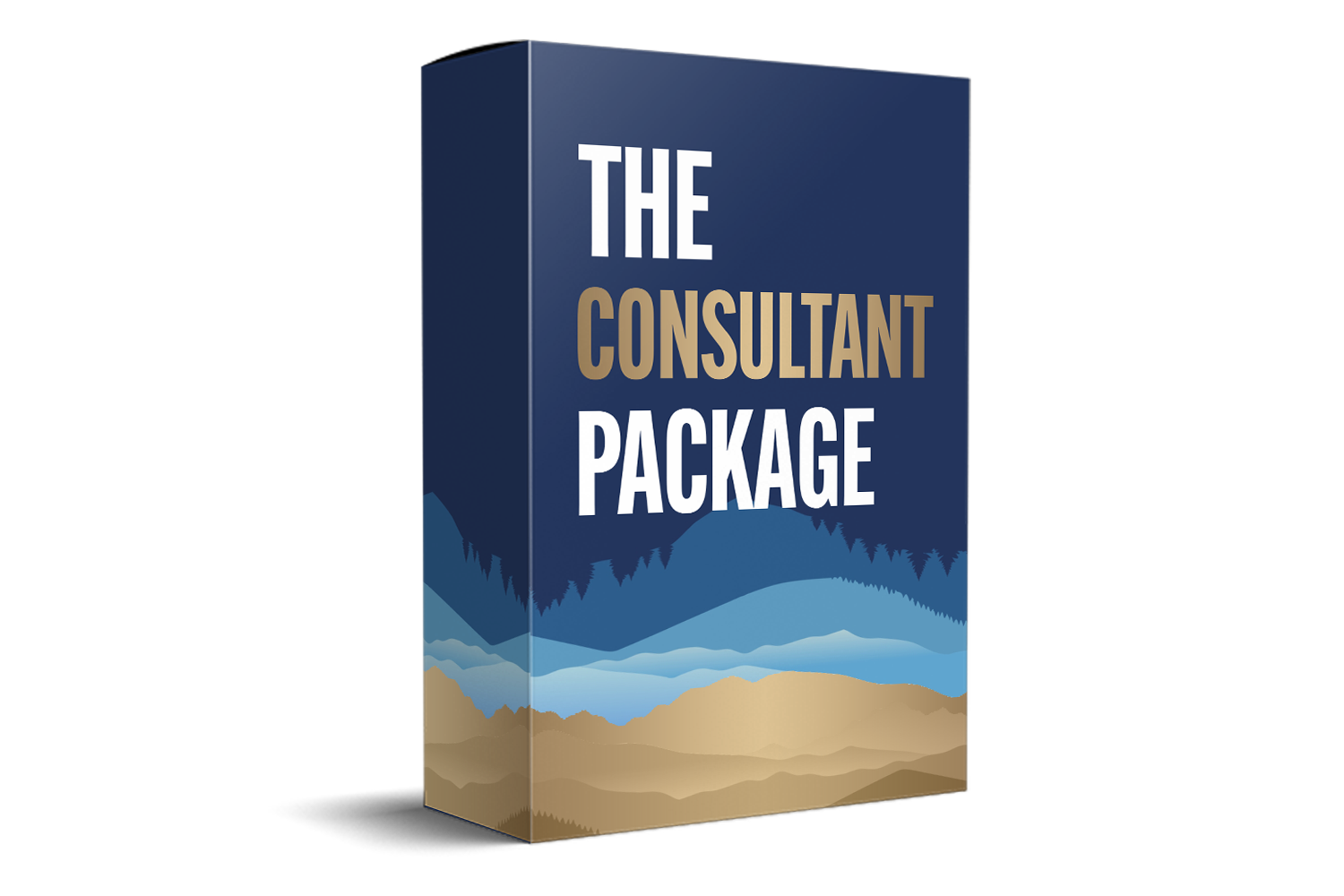SOC 2 Compliance Toolkit Download: Editable Templates & Documentation Guide
Introduction
In today's digital age, ensuring the safety and security of sensitive data is more important than ever. For businesses handling customer data, achieving SOC 2 compliance is a crucial step in building trust and demonstrating a commitment to security. The significance of data protection has grown exponentially, with cyber threats becoming more sophisticated and prevalent. Organizations that prioritize data security not only safeguard their clients' information but also enhance their reputation and reliability in the market.

Why Is SOC 2 Important?
SOC 2 compliance is not just about meeting regulatory requirements; it's about demonstrating your organization's commitment to data protection. By achieving SOC 2 compliance, businesses can assure their clients that they have implemented strict security controls designed to safeguard sensitive information against breaches and unauthorized access. This assurance can be a significant competitive advantage, particularly for service providers in the SaaS, cloud computing, and IT sectors.
Moreover, SOC 2 compliance reinforces customer trust and loyalty, as clients are more likely to partner with organizations that prioritize their data's security. In a market where data breaches can severely damage a company's reputation and financial standing, achieving SOC 2 compliance serves as a proactive measure to mitigate such risks. As regulatory landscapes evolve, staying compliant with frameworks like SOC 2 positions companies favorably against competitors who may overlook these critical standards.
The SOC 2 Audit Process
The SOC 2 audit process evaluates an organization's information systems relevant to security, availability, processing integrity, confidentiality, or privacy. It involves an in-depth examination of the systems and controls in place to protect data, ensuring they meet the stringent requirements of the SOC 2 framework. This process not only assesses current security measures but also identifies areas for improvement, making it a valuable exercise for continuous security enhancement.
-
Preparation: Understanding SOC 2 requirements and preparing your organization for the audit. This involves thorough documentation of existing processes and identifying any initial gaps.
-
Assessment: Working with an auditor to assess current security controls. During this phase, auditors examine whether the implemented controls align with SOC 2 criteria.
-
Remediation: Addressing any gaps in compliance identified during the assessment. Organizations must develop and implement strategies to rectify weaknesses and bolster their security framework.
-
Audit: The formal audit process conducted by a certified public accountant (CPA). This is a comprehensive evaluation where the auditor verifies the effectiveness of the controls in place.
-
Report: Receiving a SOC 2 report detailing compliance status and areas for improvement. The report serves as a testament to the organization's commitment to security and guides future enhancements.
SOC 2 Requirements Overview
To achieve SOC 2 compliance, your organization must implement controls that align with the trust service principles. These principles serve as the foundation for building a robust security framework that not only protects data but also ensures operational efficiency and reliability. Here's a brief overview of each principle:
-
Security: The security principle refers to the protection of system resources against unauthorized access. It involves implementing measures like firewalls, intrusion detection systems, and multi-factor authentication to safeguard data. Organizations must consistently monitor and update these measures to defend against emerging threats and vulnerabilities, ensuring a proactive security posture.
-
Availability: Availability ensures that the systems are accessible and operational as agreed upon in service-level agreements. This involves maintaining backup systems, disaster recovery plans, and redundancy measures. By ensuring consistent availability, organizations can meet client expectations and maintain business continuity even in the face of unforeseen disruptions.
-
Processing Integrity: Processing integrity involves ensuring that data processing is complete, valid, accurate, timely, and authorized. It requires controls over data processing functions, including monitoring and quality checks. This principle ensures that clients receive reliable and accurate information, fostering trust in the organization's data handling capabilities.
-
Confidentiality: Confidentiality refers to protecting sensitive information from unauthorized disclosure. Encryption and access controls are common measures used to protect confidential data. Organizations must implement robust confidentiality measures to prevent data breaches and ensure that sensitive information is only accessible to authorized personnel.
- Privacy: Privacy involves the collection, use, retention, disclosure, and disposal of personal information in conformity with the organization's privacy notice as well as with criteria set forth in the generally accepted privacy principles issued by the AICPA. This principle emphasizes transparent data handling practices, ensuring that clients' personal information is managed responsibly and ethically.
Introducing The SOC 2 Compliance Toolkit
Achieving SOC 2 compliance can be a daunting task, especially for organizations that are new to the process. The complexity of the requirements and the resources needed can overwhelm businesses, making it challenging to know where to start. That's where a SOC 2 compliance toolkit comes in. This toolkit is designed to simplify your path to compliance by providing the resources you need to understand, implement, and maintain SOC 2 controls.
What's Included in the Toolkit?
-
Guidelines and Checklists: Step-by-step guides and comprehensive checklists to help you understand SOC 2 requirements and prepare for the audit. These resources break down complex requirements into actionable tasks, making it easier to track progress.
-
Policy Templates: Customizable templates for security policies that align with SOC 2 standards. These templates can be tailored to fit your organization's specific needs, ensuring that policies are relevant and effective.
-
Training Materials: Educational resources to train your team on SOC 2 principles and practices. Training is crucial to ensure that your team understands their roles and responsibilities in achieving compliance.
-
Audit Preparation Tools: Tools to help you assess your current security posture and identify areas for improvement. By conducting pre-audit assessments, organizations can address potential issues before the official audit.
-
Documentation Templates: Templates for documenting your security controls and procedures, which are essential for the audit process. Proper documentation not only aids in compliance but also serves as a reference for ongoing security management.
Benefits Of Using The Toolkit
-
Saves Time: Streamlines the compliance process by providing ready-to-use resources. Organizations can focus on implementation rather than spending time developing resources from scratch.
-
Reduces Complexity: Breaks down complex SOC 2 requirements into manageable tasks. The toolkit simplifies the process, making it accessible even to organizations with limited compliance experience.
-
Enhances Understanding: Provides educational materials to help your team grasp SOC 2 principles. With a better understanding, teams can implement controls more effectively and maintain compliance.
-
Improves Preparedness: Helps you identify and address potential compliance gaps before the audit. Proactively addressing gaps reduces the risk of non-compliance and enhances audit outcomes.
Steps To Download and Use The SOC 2 Compliance Toolkit
Getting started with the SOC 2 compliance toolkit is simple. The process is designed to be user-friendly, ensuring that organizations can quickly access and utilize the resources provided. Follow these steps to download and utilize the toolkit effectively:
-
Step 1: Download the Toolkit: Visit our website and navigate to the SOC 2 Compliance Toolkit download page. Fill out the required form with your contact information, and you'll receive a link to download the toolkit. This straightforward process ensures that you can access the resources you need with minimal delay.
-
Step 2: Review the Materials: Once downloaded, take the time to review each component of the toolkit. Familiarize yourself with the guidelines, checklists, and policy templates provided. Understanding the materials is crucial for effective implementation, as it allows you to identify which resources are most relevant to your organization's needs.
-
Step 3: Customize Templates: Customize the policy templates to align with your organization's specific needs and security practices. Ensure that all necessary information is included and that it reflects your security posture. Tailoring these templates ensures that your policies are not only compliant but also practical and actionable.
-
Step 4: Implement Controls: Work with your IT and security teams to implement the recommended controls and procedures. Use the checklists to ensure that all areas of SOC 2 compliance are addressed. Collaboration across departments is essential to ensure that all aspects of compliance are covered effectively.
-
Step 5: Train Your Team: Utilize the training materials to educate your team on SOC 2 principles and the importance of compliance. Ensure that everyone understands their role in maintaining compliance. Ongoing training is important to keep the team updated on best practices and emerging threats.
- Step 6: Prepare for the Audit: Conduct a thorough internal assessment using the audit preparation tools. Identify any gaps or areas for improvement and address them before the formal audit. This proactive approach minimizes the risk of non-compliance and enhances your readiness for the official audit.
Conclusion
Achieving SOC 2 compliance is a critical step for organizations that manage customer data. By using a SOC 2 compliance toolkit, you can simplify the process and ensure that your organization meets the necessary standards. The toolkit provides a structured approach to compliance, reducing the complexity and resources typically associated with the process. Download the toolkit today and take the first step towards building trust and securing your data.






